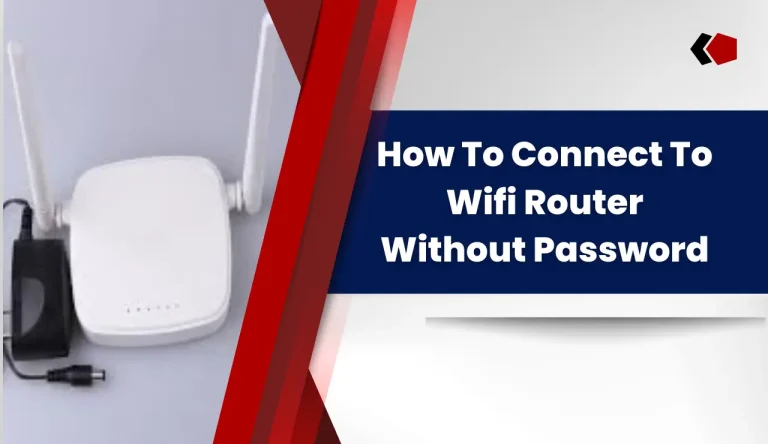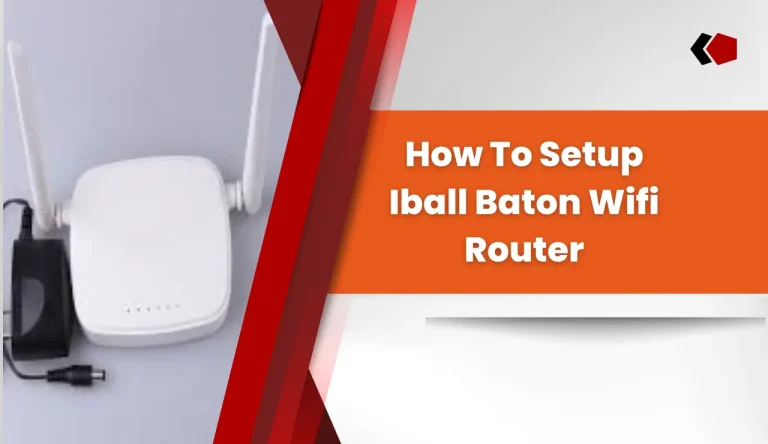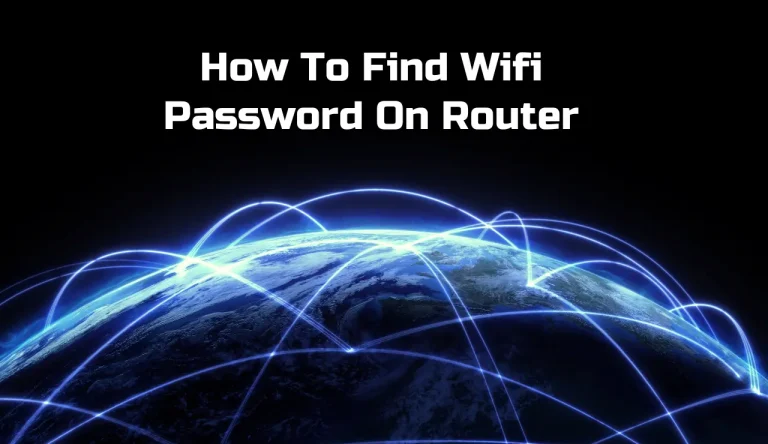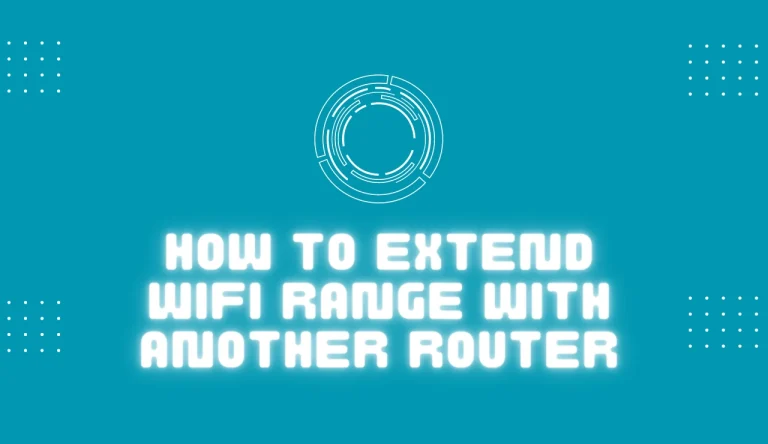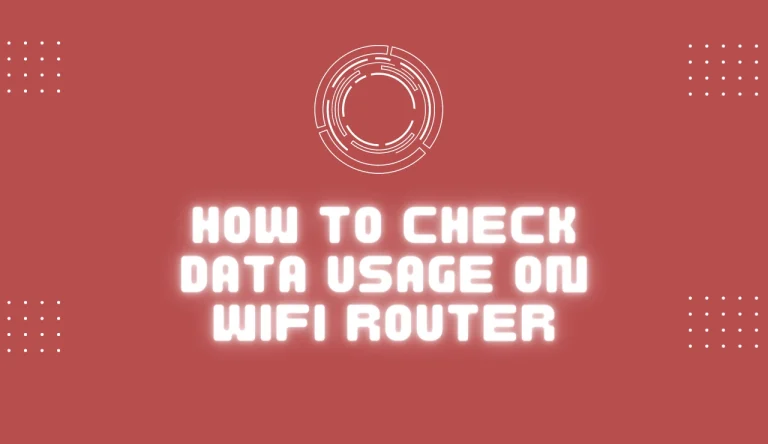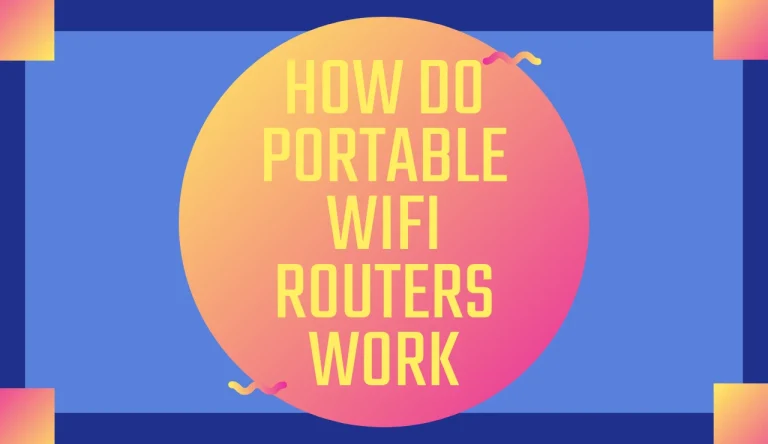How To Block Ip Address In Wifi Router
If you want to enhance the security of your Wi-Fi network, blocking unwanted IP addresses is an essential step. By preventing specific IP addresses from accessing your router, you can safeguard your network from potential threats and unauthorized users.
In this article, we will guide you through the process of how to block Ip Address In Wifi Router?
To begin, access the settings of your router by logging into its admin interface. Once inside, identify the unwanted IP addresses that you wish to block. This could be done by reviewing the connected devices list or using network monitoring tools.
Next, proceed to block these unwanted IP addresses by adding them to the router’s blacklist or filtering settings. Ensure that you save any changes made.
Afterward, it is crucial to test whether the blocked IP addresses are successfully restricted from accessing your network. Use multiple devices and attempt connections with those blocked IPs to verify their effectiveness.
Finally, regularly monitor and manage the blocked IP addresses on your router to ensure ongoing network security. By following these steps and implementing additional tips for network security, you can effectively protect your Wi-Fi network from potential threats and unauthorized access.
Key Takeaways
- Blocking unwanted IP addresses is crucial for enhancing Wi-Fi network security.
- Regularly monitoring and managing blocked IP addresses is necessary for ongoing network security.
- Testing the effectiveness of blocked IP addresses is important to ensure they are properly blocked.
- Accessing router settings and configuring firewall settings are essential steps in blocking IP addresses in a Wi-Fi router.
Understand the Importance of Blocking IP Addresses
Blocking IP addresses is crucial in order to protect your network from potential threats and ensure the safety of your personal information. The importance of IP blocking in network security cannot be overstated. By blocking unwanted IP addresses, you can prevent unauthorized access to your network and safeguard sensitive data such as passwords, credit card information, and personal files.
Failure to block these unwanted IP addresses can have serious consequences. Hackers may gain access to your network, launch cyber attacks, or even steal valuable information. It is essential to proactively block these IPs to maintain the integrity and security of your network.
To further enhance your network’s protection, it is necessary to learn how to access your Wi-Fi router’s settings and configure the appropriate IP blocking measures seamlessly.
Access Your Wi-Fi Router’s Settings

To manage your wireless network, start by accessing the settings of your Wi-Fi router. Here are some steps to follow:
- Connect your computer or device to the router’s network.
- Open a web browser and enter the router’s default IP address in the address bar.
- Log in using the default username and password (usually found on the router itself).
Once logged in, navigate to the security or firewall settings.
In this section, you can change your router password to prevent unauthorized access. Additionally, you can troubleshoot any router issues that may be affecting your network performance.
After accessing these settings, you can proceed to identify unwanted IP addresses on your network without writing ‘step’.
Identify the Unwanted IP Addresses
As you delve into your network settings, you’ll discover the elusive intruders lurking within, stealthily navigating their way through your digital domain. Troubleshooting common issues with IP addresses is crucial to secure your home network from unauthorized access.
To identify unwanted IP addresses connected to your Wi-Fi router, you must first access the router’s settings page. Once there, locate the section that displays a list of currently connected devices and their corresponding IP addresses. Carefully analyze this list, keeping an eye out for any unfamiliar or suspicious IP addresses. These could be potential intruders attempting to gain unauthorized access to your network.
Take note of these unwanted IP addresses as you prepare to block them in the subsequent section about securing your home network by blocking unwanted IP addresses without compromising its integrity and functionality.
Block the Unwanted IP Addresses

Take control of your network security by eliminating unwanted intruders and safeguarding your digital sanctuary. Blocking unwanted IP addresses is an essential step in securing your WiFi router. To do this, access your router’s settings page and navigate to the ‘Firewall’ or ‘Security’ section. Look for options related to blocking IP addresses.
Troubleshooting blocked IP addresses can be done by checking the router logs or using third-party software to analyze network traffic. Common reasons for blocking IP addresses include suspicious activity, unauthorized access attempts, or known malicious sources. By blocking these IPs, you can prevent potential attacks and protect your network from harm.
Now that you have successfully blocked unwanted IPs, it’s time to test the effectiveness of your measures by attempting to access the blocked addresses yourself.
Transition: Once you’ve finished blocking unwanted IP addresses, it’s important to test their effectiveness by attempting to access them directly or through a connected device.
Test the Blocked IP Addresses
Once you’ve successfully barred unwanted intruders, it’s time to put your security measures to the test by attempting direct access to those blocked addresses. Here are some troubleshooting steps to follow:
- Double-check the IP address: Ensure that you’ve entered the correct IP address in the blocklist. Even a small typo can prevent proper blocking.
- Verify router settings: Review your router’s configuration page and confirm that the blocked IP addresses are listed correctly.
- Restart your router: Sometimes, a simple reboot can fix any issues with blocking IP addresses.
- Test connectivity: Try pinging the blocked IP addresses from another device connected to your network. If there’s no response, it indicates successful blocking.
- Removing blocked IP addresses: If you need to unblock an address, simply delete it from the blocklist.
With these troubleshooting techniques, you can effectively manage and secure your network. Moving forward into monitoring and managing blocked IP addresses…
Monitor and Manage Blocked IP Addresses

Now that you’ve successfully tested the blocked IP addresses, it’s crucial to monitor and manage them effectively. By analyzing network traffic, you can gain valuable insights into any suspicious or unauthorized activities on your network.
This involves closely examining the data packets being transmitted and received by your router. Additionally, configuring firewall settings plays a pivotal role in maintaining a secure network environment.
Ensure that your firewall is set up to block all incoming connections from the blocked IP addresses and log any attempts made by these addresses to access your network. By doing so, you can stay one step ahead of potential threats and take appropriate action to safeguard your network.
Moving forward, let’s explore some additional tips for enhancing your network security.
Additional Tips for Network Security
To amp up your network security, there are some extra tips you should know about. Follow these guidelines to ensure the safety of your Wi-Fi network:
- Importance of using strong passwords for your Wi-Fi network: A strong password is crucial in preventing unauthorized access to your network. Use a combination of upper and lowercase letters, numbers, and special characters.
- Protect against common Wi-Fi security vulnerabilities: Regularly update your router’s firmware to patch any known vulnerabilities. Disable remote management to prevent unauthorized access. Enable encryption such as WPA2-PSK for secure transmissions.
- Change default login credentials: Hackers often target routers with default usernames and passwords. Create unique login credentials for enhanced security.
- Set up a guest network: Separate your main network from the guest network to restrict access to sensitive information on connected devices.
By implementing these additional tips, you can significantly enhance the security of your Wi-Fi network and protect against potential threats or attacks.
Frequently Asked Questions
Conclusion
In conclusion, blocking IP addresses on your Wi-Fi router is crucial for maintaining network security. By accessing your router’s settings and identifying unwanted IP addresses, you can effectively block them from accessing your network.
It’s important to test the blocked IP addresses to ensure they’re successfully blocked and continuously monitor and manage the blocked list. Following these steps will help protect your network from potential threats and maintain a secure Wi-Fi environment.
Remember to prioritize network security by implementing additional tips and best practices.

